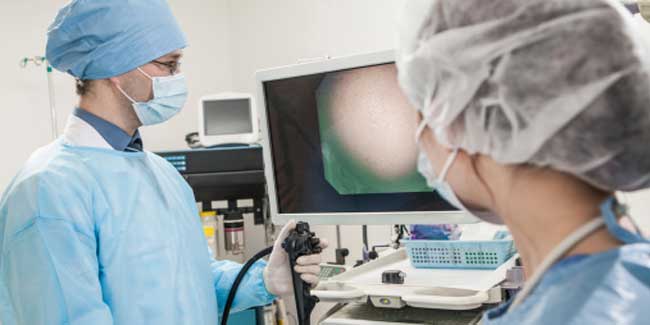
What is Upper Gastrointestinal Endoscopy?
Upper gastrointestinal endoscopy is a test conducted to check the interior lining of the esophagus, the stomach, and first part of the small intestine through a thin flexible instrument call endoscope. During the test, the tip of the endoscope is inserted in the mouth and then moved inside the throat into the esophagus, stomach, and upper gastrointestinal tract or duodenum.
Table of Content:-

As the upper gastrointestinal tract is examined during the test, it is sometimes called esophagogastroduodenoscopy.
The endoscope enables the doctors to check ulcers, inflammation, tumours, infection, and bleeding. Samples of tissues can be collected and polyps can be removed. The bleeding can also be treated through endoscope. Through an endoscopy, the problems which an x-ray cannot reveal are detected and it can at times eliminate the need for exploratory surgery.
What are the Risks Associated with the Test?
The complications attached to the test are very rare. However, there is a small risk of puncture in the esophagus, stomach, or upper small intestines. If this occurs, a surgery may be needed to cure it. Also, there is a chance that a person may suffer from infection after an endoscopy.

If a tissue sample is taken, risk of bleeding also increases from the test. But, this kind of bleeding stops on its own without any treatment. If a person vomits during the test and if some of the vomit particles enter the lungs, there are chances of developing aspiration pneumonia.
An irregular heartbeat may also occur during the test which usually cures on its own without any treatment.
Image courtesy: Getty Images
Read more on Upper GI Endoscopy.
How we keep this article up to date:
We work with experts and keep a close eye on the latest in health and wellness. Whenever there is a new research or helpful information, we update our articles with accurate and useful advice.
Current Version
